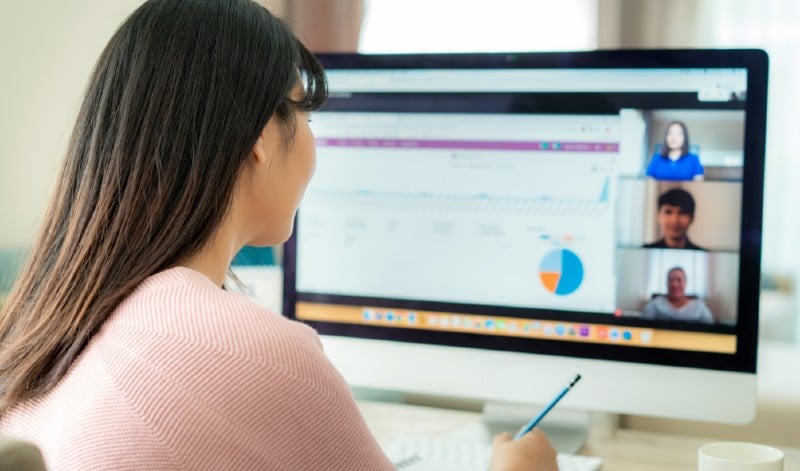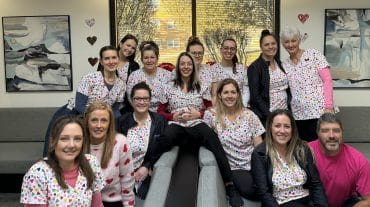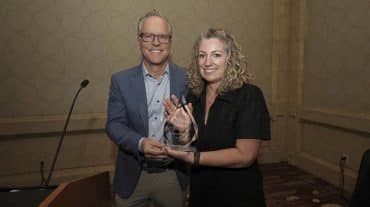
Author: Dr. Warren Cohen, Director, Corus Orthodontists
The world has been effectively shut down like never before and the past several months have been trying times for us all. During this period orthodontic practices everywhere have found new ways to care for patients remotely out of necessity. Upon re-opening, offices are now faced with stringent physical distancing and control guidelines in place for both practitioners and patients. Corus has come together and implemented paradigm-shifting protocols that utilize technology to make remote work and patient care possible.
Some of these technologies included:
- Remote access – in order to work from distributed locations, remote desktop connection is critical to accessing core practice information and can be done with platforms like Splashtop or Team Viewer.
- VoIP systems – Systems like Weave allow vastly expanded functionality from a traditional analog phone system including:
-
- Phones which can be moved to different locations (e.g. home) and function as if they were in the office.
- Text messaging with patients/responsible parties.
- Appointment reminders and confirmations.
- Call analytics and recording for operational planning and training.
- Mobile app to see practice information, receive forwarded calls and manage settings.
- Project management apps – In order to manage projects, tasks and teams remotely, software as a service (SaaS) applications such as Asana are invaluable for efficient and effective work
- Chat apps – Platforms like Slack or Microsoft Teams allow for real time communication, making it more efficient than e-mail.
What Happens Going Forward?
In the short to medium term, there will be a need to maintain physical distancing, which can strain a traditionally functioning practice. It will be difficult to catch up on thousands of missed appointments while working at a reduced capacity. Progressive practices will leverage remote technology tools such as Slack for team chats and Doxy.me for video appointments to keep teams connected and to see patients remotely.
Over the long-term, practices will need to address other considerations:
- Implement new patient acquisition pathways, allowing prospective patients to connect with practices on mobile platforms. SaaS apps/widgets such as SmileSnap make it easy for patients to connect directly with you via photo or video.
- Utilize in house technology such as 3D scanning/printing/manufacturing to produce appliances. This will require less reliance on outside vendors who may be affected by local issues and supply chain disruptions.
- Document employee manuals, projects, and tasks for each role so they can be easily transferred in someone’s absence (e.g. in Asana).
- Create an emergency preparedness plan for catastrophic events
- Make a financial plan: Consider how to deal with such events from a financial perspective (keep sufficient cash on hand, obtain insurance, reduce debt, etc.).
- Re-imagine office layouts to accommodate for remote team members and virtual patient care
- Continuing education and team training – consider which meetings will be attended in person (there will always be great value to getting together with others) and which can be done online
Orthodontic practices that have incorporated similar changes over the last several months and can find ways to improve on them and will be in a stronger position to succeed in the future. This includes a future with possible practice closures due to the current COVID-19 pandemic or other unforeseen events. As John Maxwell said, “Change is inevitable. Growth is optional.”.












